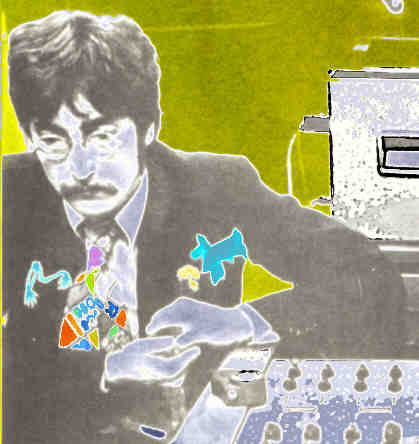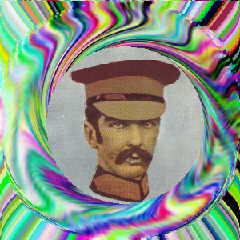
 |
It was the Summer of Love. The Fab Four, having completely shed their "Mop Top" image now emerged with a drastically different kind of creation, the "concept album". Sgt. Pepper was looked upon as having revolutionized rock 'n' roll. A musical scholar of the time wrote this analysis of the seminal Beatles album. What do you think of her interpretation? |
![]()
 "Sergeant Pepper" is an extraordinary work, not just comparable to a new sonata or opera, but far more important. It is a work of art that has sprung from unexpected, non-art roots. The salesman's comment was appropriate; "Sergeant Pepper" is to be listened to in the concert context and the Beatles set the tone right away. The beginning of the album stimulates the sounds in a concert hall before the performance. Musicians tune instruments, people talk and move around, and an air of expectation prevails.
"Sergeant Pepper" is an extraordinary work, not just comparable to a new sonata or opera, but far more important. It is a work of art that has sprung from unexpected, non-art roots. The salesman's comment was appropriate; "Sergeant Pepper" is to be listened to in the concert context and the Beatles set the tone right away. The beginning of the album stimulates the sounds in a concert hall before the performance. Musicians tune instruments, people talk and move around, and an air of expectation prevails.

